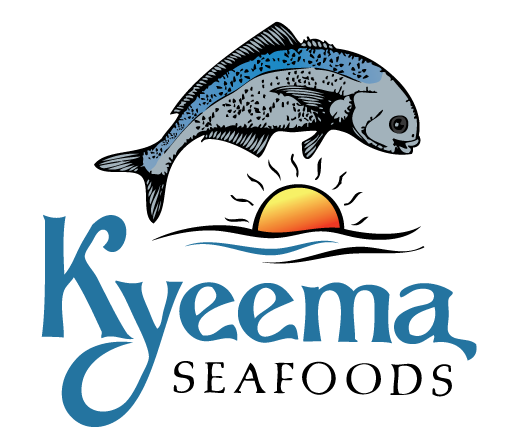The Tasmanian Department of Primary Industries, Parks, Water and Environment (DPIPWE) are the legislative body responsible for the sustainable management of Tasmania’s natural resources.
The coast out to 3 nautical miles is state water, which falls under state jurisdiction and is the responsibility of the relevant state department.
As the federal government has commercial fisheries managed by AFMA, there are commercial fisheries within Tasmania which are managed by DPIPWE. This management is defined by the Living Marine Resources Management Act 1995. Fisheries managed by DPIPWE are Tasmania’s most valuable commercial fisheries. These include:
Abalone Fishery
Commercial Dive Fishery
Giant Crab Fishery
Rock Lobster Fishery
Scalefish Fishery
Commercial Scalefish
Banded Morwong Fishery
Danish Seine Fishery
Southern Calamari Fishery
Mackerel Fishery
Scallop Fishery
Seaweed Fishery
Shellfish Fishery
Each fishery has specific management regulations relevant to the intended use. These include target species, zones they are allowed to fish in, catch limits, size limits, gear restrictions, seasonal closures and other rules and regulations.
Aquaculture (farmed fish) is primarily managed by state government.
Tasmania farms include those for salmonids, oysters, mussels, abalone, seahorses and seaweeds.
These farms occur both in state waters and inland waters in Tasmania.
State Waters
The Marine Farming Planning Act 1995 stipulates the need for a Marine Farming Development Plan (MFDP). The MFDP establishes zones where marine farming leases can be granted, sets a maximum leasable area for each zone, specifies the fish species permitted to be farmed within the zone and the operational constraints on marine farming activities. Current MFDPs include:
Blackman Bay
D'Entrecasteaux Channel and Huon River
Far North West
Furneaux Islands
Georges Bay
Great Oyster Bay and Mercury Passage
Macquarie Harbour
Pipe Clay Lagoon
Pitt Water
Port Sorell
Storm Bay North
Storm Bay off Trumpeter Bay North Bruny Island
Tamar Estuary
Tasman Peninsula and Norfolk Bay
The Marine Farming Planning Act 1995 gives power to the Minister for Primary Industries and Water to grant leases within marine farming zones. These leases are subject to conditions determined by the Minister. The lessee (operator) of a marine farm must also be licensed under the Living Marine Resources Management Act 1995. Marine Farming Licenses determine the operational conditions of the farm. Finfish farming requires a separate environmental license which are administered by the EPA under the Finfish Farming Environmental Regulation Act 2017. The EPA has compiled a list of FAQs regarding the Finfish Farming Environmental Regulation Act 2017, which you can access here.
inland waters
Aquaculture that is carried out in inland waters, including the operation and biosecurity of freshwater hatcheries, is managed by the Inland Fisheries Services (IFS) under the Inland Fisheries Act 1995.
who to contact if you have concerns
Within the Water and Marine Resources Division of DPIPWE is the Marine Farming Branch (MFB). It is the responsibility of the MFB to work with aquaculture industries, community and research organisations in supporting the sustainable development and operation of marine farms within Tasmania.
The aquaculture industry is supported by MFB through compliance monitoring and extension; planning and management; licensing and leasing; and environmental management of non-finfish species.
The administration of the Marine Farming Planning Act 1995 and applicable parts of the Living Marine Resources Management Act 1995 is the responsibility of the MFB. They operate within the conditions of these acts to support and regulate the aquaculture sectors sustainable development in Tasmania under the objectives of the Resource Management and Planning System of Tasmania.
For more information regarding aquaculture in Tasmania click on the link below.



